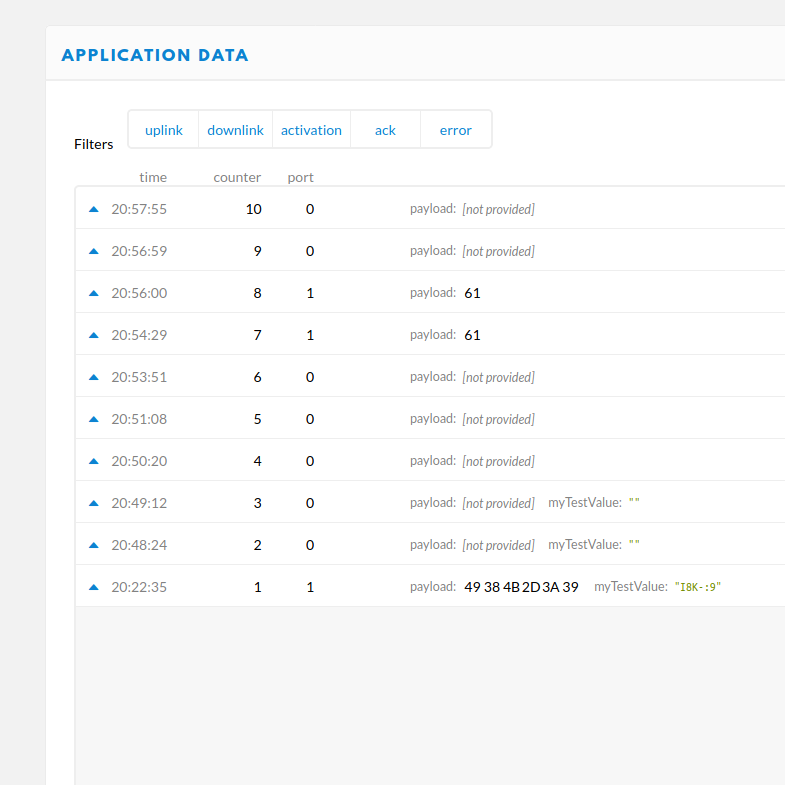Hello how it is possible to parse and count from a JSON file and direct the print of it into the lora.send() command in python. I used to parse it but im getting errors sent as im getting a python list instead of a HEX. My JSON sample below. For that example i want to count the object names i get. Eg Vase =2 Book = 4 etc.
Any help on this
[
{
“frame_id”:1,
“filename”:“sample_imgs/1.jpg”,
“objects”: [
{“class_id”:75, “name”:“vase”, “relative_coordinates”:{“left_x”: 457, “top_y”: 119, “width”: 17, “height”: 36}, “confidence”:0.309923},
{“class_id”:75, “name”:“vase”, “relative_coordinates”:{“left_x”: 475, “top_y”: 138, “width”: 10, “height”: 15}, “confidence”:0.289516},
{“class_id”:73, “name”:“book”, “relative_coordinates”:{“left_x”: 291, “top_y”: 276, “width”: 53, “height”: 14}, “confidence”:0.778392},
{“class_id”:73, “name”:“book”, “relative_coordinates”:{“left_x”: 242, “top_y”: 282, “width”: 57, “height”: 15}, “confidence”:0.401355},
{“class_id”:73, “name”:“book”, “relative_coordinates”:{“left_x”: 292, “top_y”: 284, “width”: 54, “height”: 11}, “confidence”:0.382199},
{“class_id”:73, “name”:“book”, “relative_coordinates”:{“left_x”: 306, “top_y”: 268, “width”: 21, “height”: 12}, “confidence”:0.259332},
{“class_id”:58, “name”:“pottedplant”, “relative_coordinates”:{“left_x”: 233, “top_y”: 111, “width”: 106, “height”: 171}, “confidence”:0.668581},
{“class_id”:57, “name”:“sofa”, “relative_coordinates”:{“left_x”: 1, “top_y”: 225, “width”: 290, “height”: 133}, “confidence”:0.982571},
{“class_id”:56, “name”:“chair”, “relative_coordinates”:{“left_x”: 347, “top_y”: 234, “width”: 234, “height”: 190}, “confidence”:0.971144},
{“class_id”:56, “name”:“chair”, “relative_coordinates”:{“left_x”: 558, “top_y”: 229, “width”: 53, “height”: 136}, “confidence”:0.462609},
{“class_id”:45, “name”:“bowl”, “relative_coordinates”:{“left_x”: 261, “top_y”: 271, “width”: 25, “height”: 15}, “confidence”:0.853924}
]
}
]
